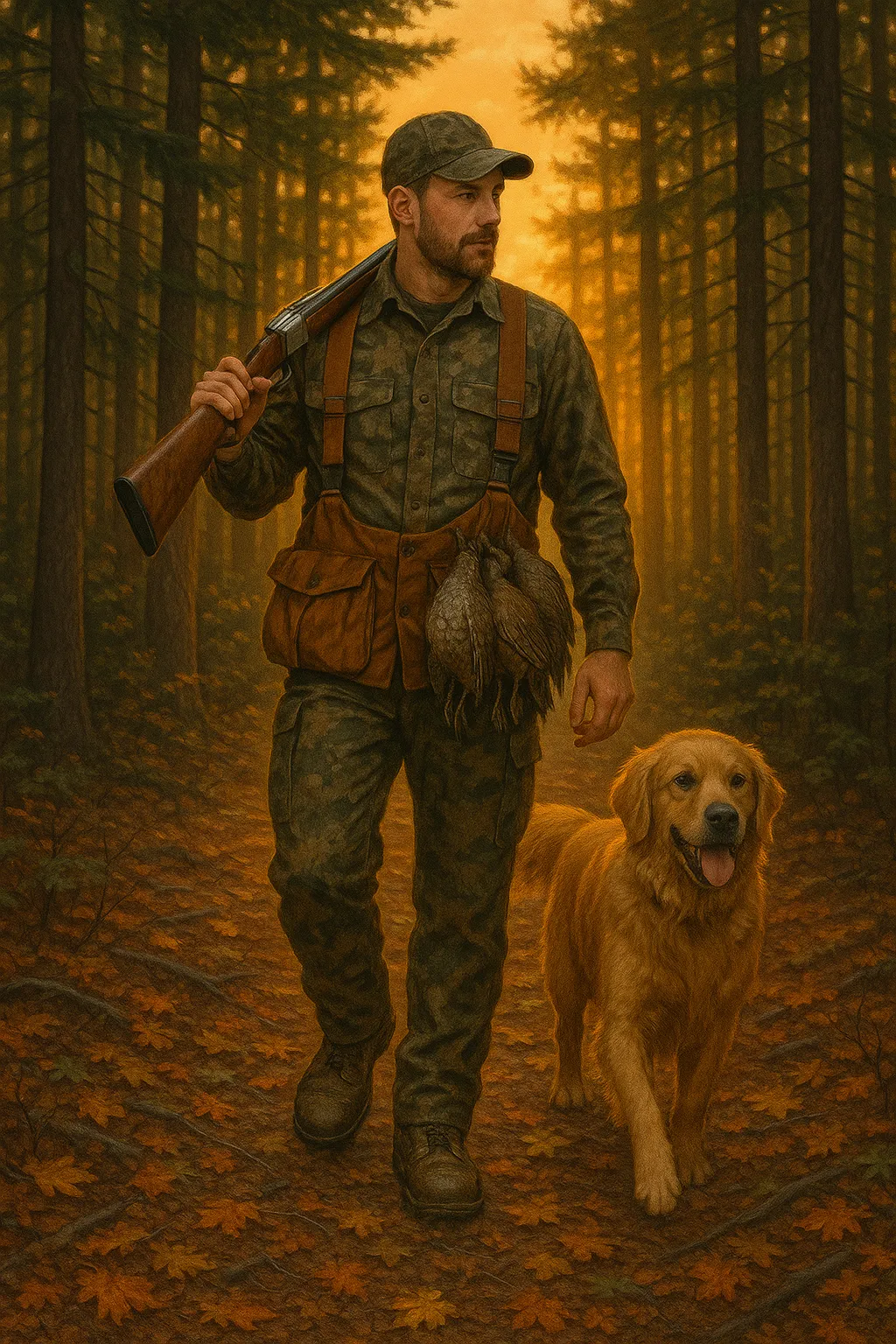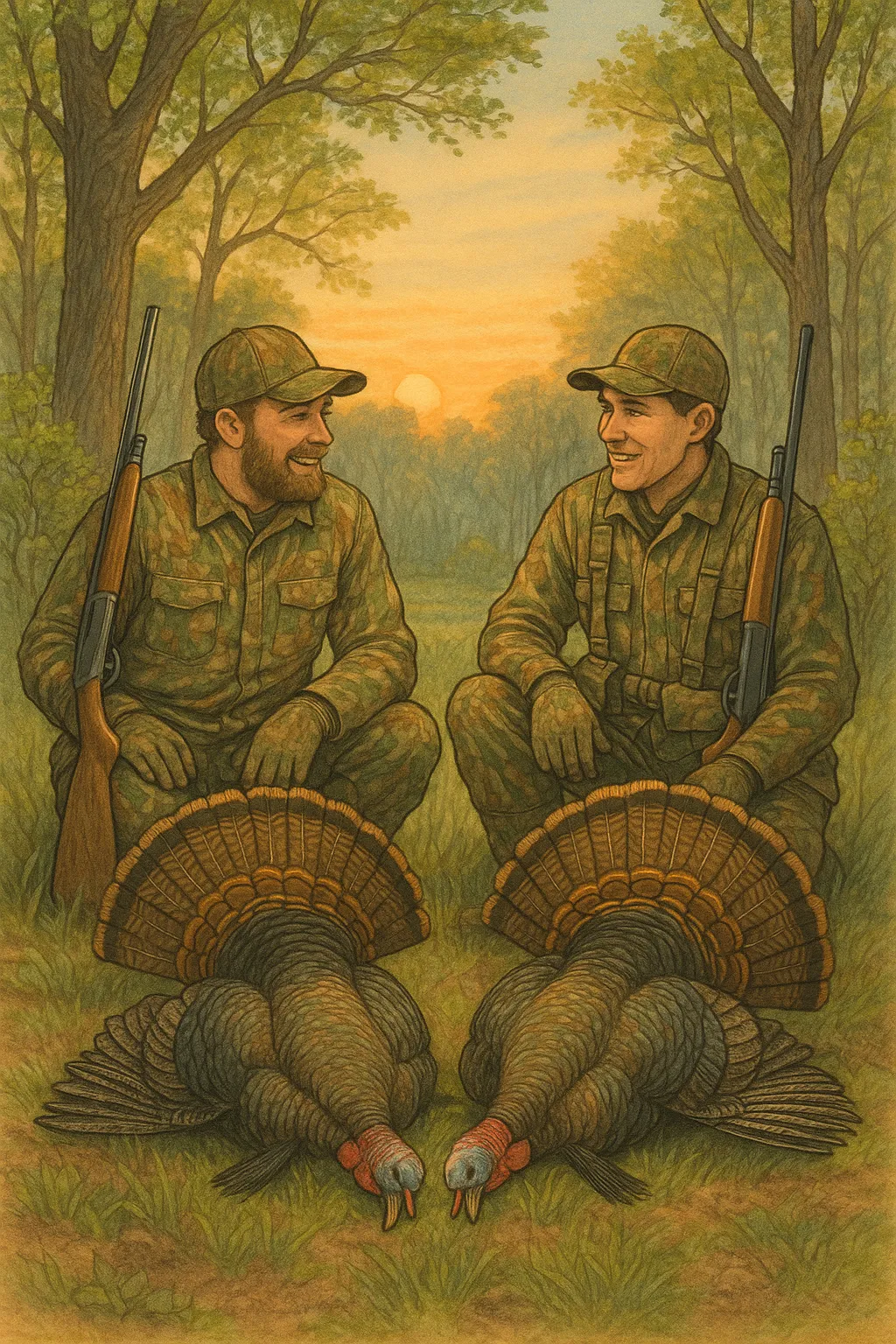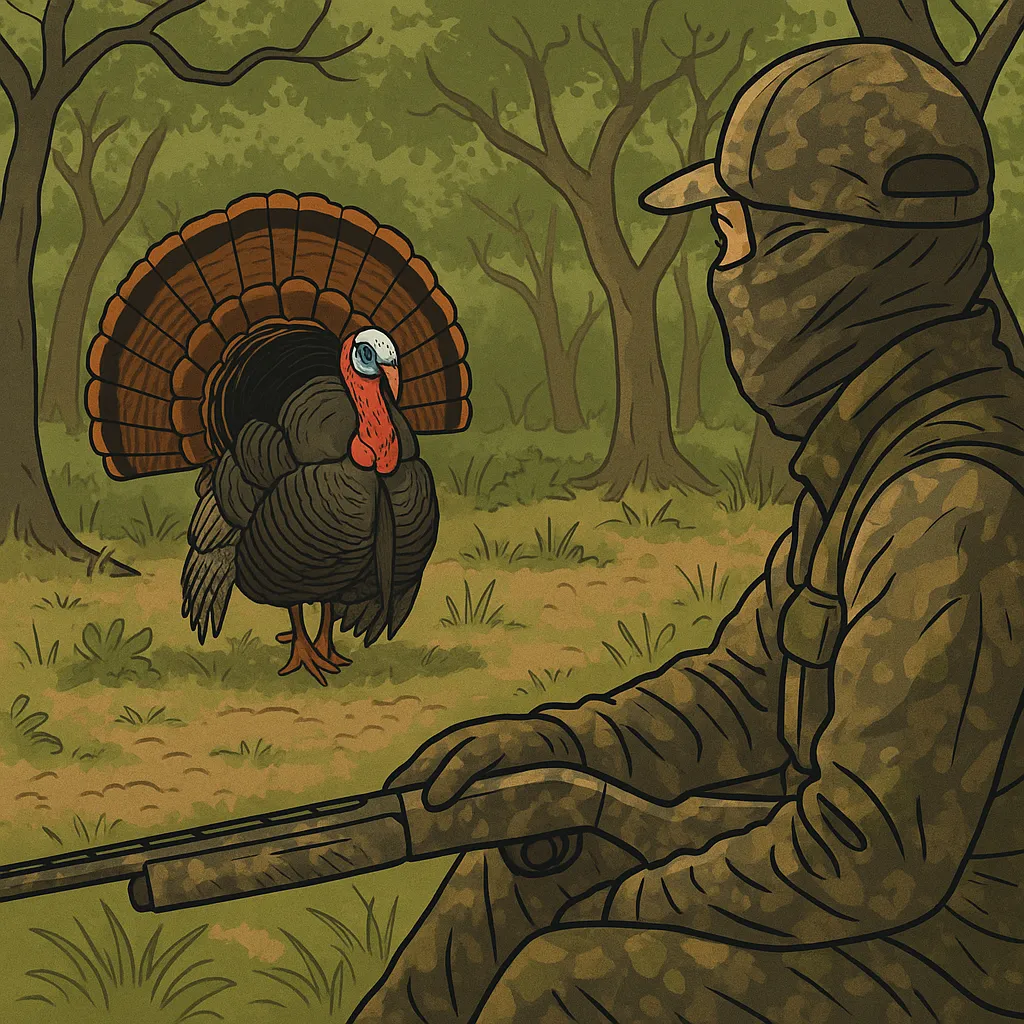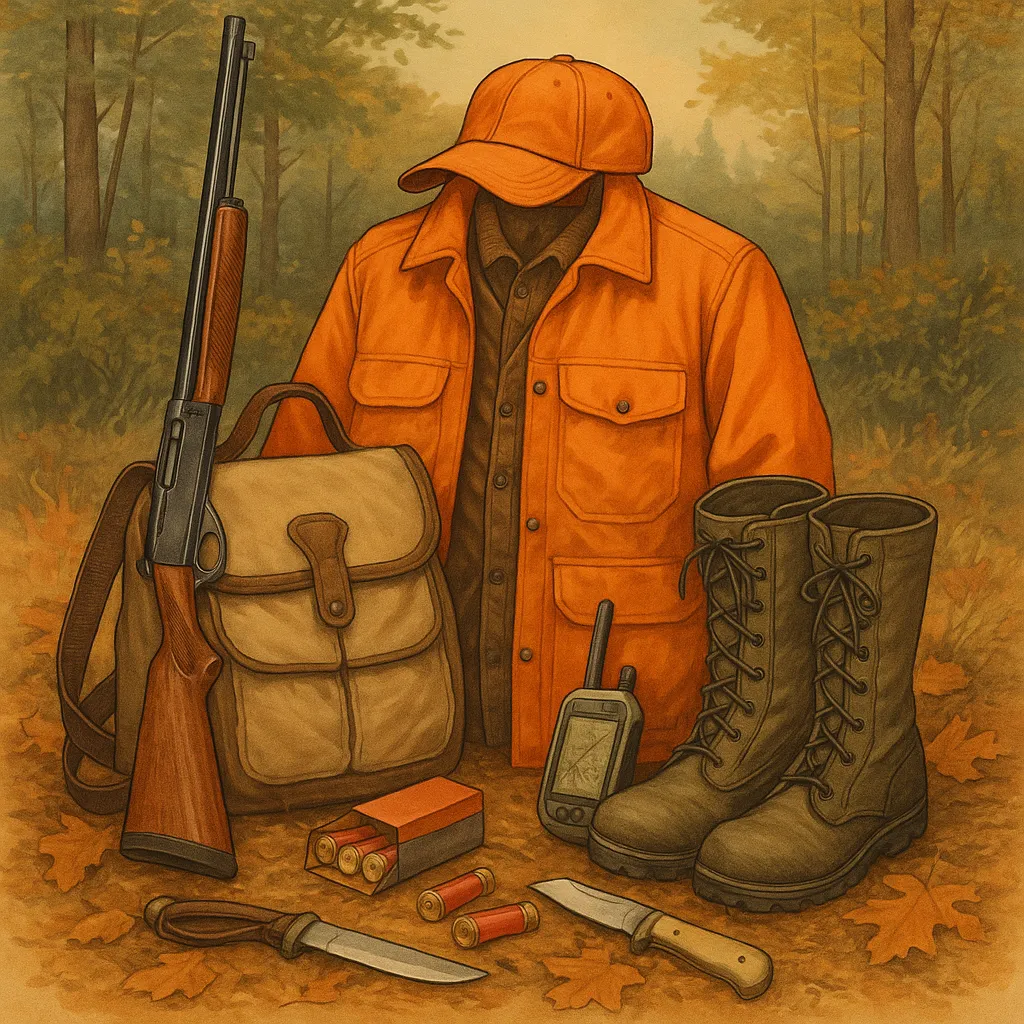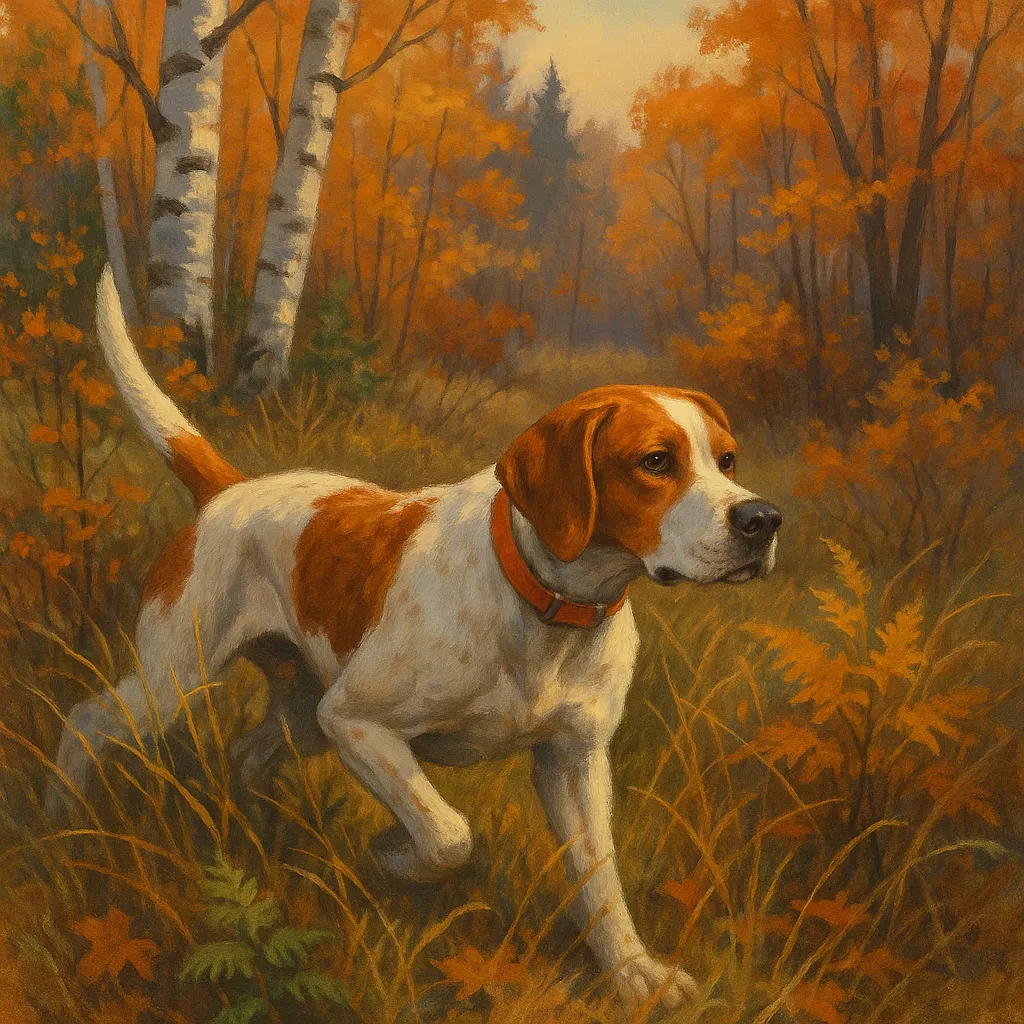
Top Bird Dog Tips for Hunting in Michigan
From the alder tangles of the Upper Peninsula to cattail sloughs along southern cornfields, Michigan bird country is as tough as it is rewarding. And when it comes to hunting it right, few tools are more effective—or more faithful—than a well-trained bird dog. But wild birds and thick cover demand discipline, patience, and the right approach. Whether you’re running a seasoned pointer or a green flushing pup, these dog-handling tips will help you sharpen your game.
Why Dogs Excel in Michigan’s Covers
-
🟢 Find more birds in dense or remote terrain
-
🟢 Track crippled game across water or brush
-
🟢 Work cover efficiently, saving hunter energy
-
🟢 Add joy and tradition to the upland experience
🔍 Tip 1: Know Your Dog’s Role
➤ Pointing Dogs (Setters, Pointers, GSPs)
-
Ideal for grouse, woodcock, and pheasant
-
Work at range, freeze on scent, allowing you to flush
-
Use in sprawling forests and low-visibility thickets
➤ Flushing Dogs (Springers, Cockers, Labs)
-
Best in tighter cover and CRP fields
-
Push birds up within gun range
-
Great for fast-action pheasant drives and thick alder work
➤ Retrievers (Labs, Chessies, Goldens)
-
Essential for waterfowl and versatile in upland fields
-
Retrieve in swamps, cattails, and icy rivers
-
Also serve well in dove and early teal hunts
Pro Tip: Match your dog’s breed and training to your primary hunting terrain.
🧭 Tip 2: Adjust for Michigan Terrain
| Region | Cover Type | Dog Advantage |
|---|---|---|
| U.P. Aspen Forests | Tight, regenerating timber | Pointing dogs shine in big woods |
| Northern Lower | Alder, swamp edges | Flushers bust tight-holding birds |
| Southern Farmland | CRP, hedgerows, cattails | Labs + pointers both excel |
| Marsh & Wetlands | Cattail sloughs, river edges | Retrievers needed for recovery |
🧼 Tip 3: Condition for Endurance and Recall
-
Practice whistle recall in tall grass or low-visibility areas
-
Use GPS collars (like Garmin Alpha) for safe long-range work
-
Focus on “hunt close” drills for dense woodcock and grouse covers
-
Build paws and pads toughness before the season—train on real terrain
🛠 Tip 4: Gear Essentials for Hunting with Dogs
| Item | Why It Matters |
|---|---|
| Dog bell or beeper collar | Tracks location in thick grouse woods |
| GPS tracker (Alpha/Pathfinder) | Monitors dog safely in remote areas |
| First-aid kit | Cuts, seed heads, barbed wire hazards |
| Hydration system | Portable bowls and collapsible bladders |
| Upland vest with dog pouch | Treats, extra lead, water, whistle storage |
| High-visibility collar | Safety in shared-use public lands |
Pro Tip: Check paws after every hunt. Michigan covers can hide ice, burrs, or hidden cuts.
🌦️ Tip 5: Hunt by Weather & Scent Conditions
-
Wet mornings = better scent but soaked dogs
-
Dry wind = tough tracking; keep dogs close
-
Frozen ground = short scent cone, hunt slow and direct
-
Rainy days = don’t skip—woodcock hold tight and flush clean
🔁 Tip 6: Train for the Hunt You’ll Face
-
Simulate thick cover retrieves in the off-season
-
Use real wings or scent dummies in fields and wooded trails
-
Practice honoring and steady-to-flush commands
-
Work both retrieves and quartering patterns
-
Socialize in hunting groups if running with multiple dogs
🧠 Tip 7: Watch for Fatigue & Behavior Shifts
-
Sudden wide-running = losing scent focus
-
Head-low zigzag = actively scenting
-
Frequent sitting or slow gait = heat exhaustion
-
Whining, paw-lifting = injury or ice accumulation
Pro Tip: Carry vet wrap, styptic powder, and tweezers in your field kit for emergencies.
🥶 Tip 8: Cold Weather Adjustments
-
Use neoprene vests for retrievers in icy marshes
-
Cut hunts short below 20°F with wind
-
Dry dogs immediately post-hunt to prevent chills
-
Beware of slushy water or hidden ice pockets
📚 Recommended Dog Training Resources
-
Books: Gun Dog by Richard Wolters, Training the Versatile Hunting Dog by Chuck Johnson
-
Clubs: NAVHDA, AKC Hunt Tests, local bird dog clubs
-
Michigan Trainers: Seek out regional dog clubs or upland retriever groups for workshops
Conclusion: Trust the Nose, Honor the Bond
A bird dog isn’t just a tool—it’s a partner. One that hunts with its nose, heart, and feet. Michigan’s wild coverts test even the best-trained dogs, but they also reward them with birdy wind, snap-shot flushes, and proud tail wags after a good retrieve. Invest the time, learn your terrain, and trust the connection—your best hunts are just ahead.
“In the moment before the flush, it’s the dog’s work that brings the magic to life.”
Leave A Comment
Related Posts
Caring for Your Bird Hunting Gear and Equipment Bird hunting […]
Essential Gear for Bird Hunting in Michigan In Michigan’s bird […]

